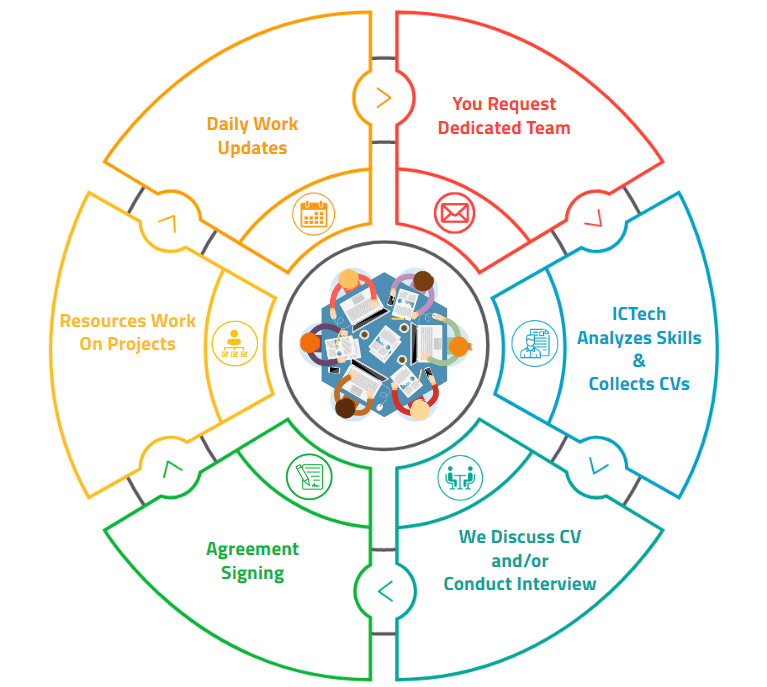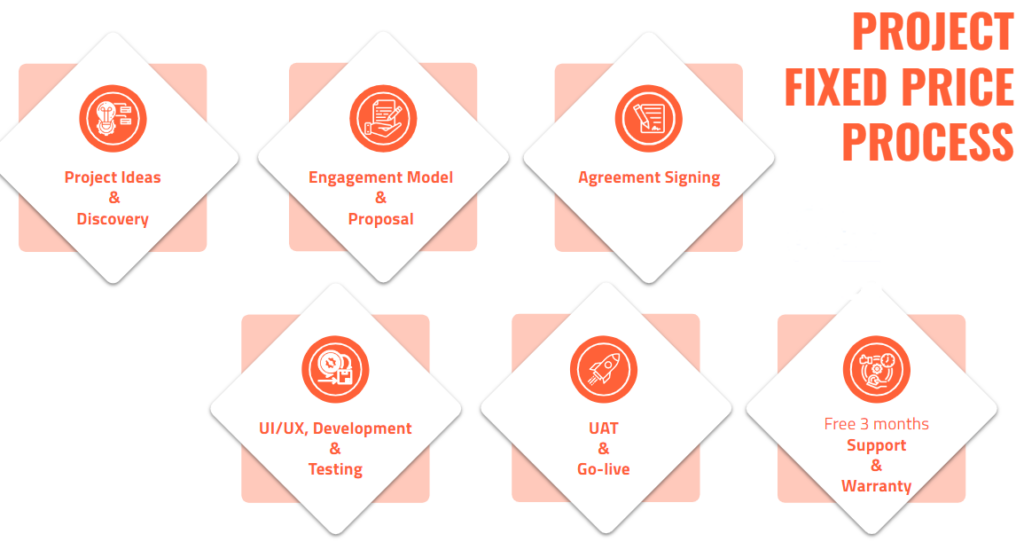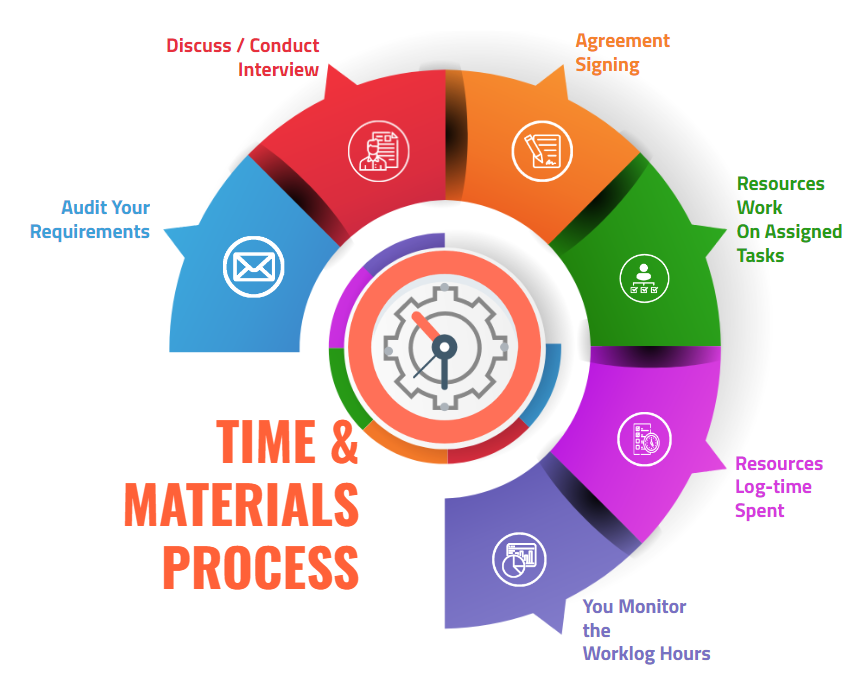
Our Engagement Models
When you outsource software development, the key to ensuring fruitful collaboration with an outsourcing vendor is to select the appropriate engagement model. Based on the project goals, timeframes, and resources available, this choice helps provide a wireframe for further partnership.
ICTech Labs grants you access to highly qualified and experienced developers with in-depth domain knowledge. From web and mobile apps, custom front-end and back-end software development, to AI, IoT, and cloud systems — we’ve got you covered!



